Still Glowing Strong: Hong Kong's Neon Heritage Burns Bright Amid Preservation Projects Spotlighting a Vivid Aspect of Contemporary Chinese Culture 香港霓虹地標的二次生命
English 英: DEIRDRE KELLY · Chinese 中:文禮
Photography: Cardin Chan, Mike Chan, Tszkwan Chiang, Peter K.C Ho, Genuine Lam, Keith MacGregor, Justin Wong
Special THanks: PIng POng 129, Holy Eats
Supported by Hong Kong Economic and Trade Office (TORONTO)
As featured in 2024 Fête Chinoise Design Annual
Growing up in Hong Kong, Cardin Chan often walked confidently at night on streets illuminated by giant neon signs whose kaleidoscopic beams pierced the darkness, forming phosphorescent pathways that mapped the city into distinct districts with their own visual signatures. Featuring customized logos and Chinese calligraphy, the signs had been emblazoning the facades of family-run restaurants, bars, shops and theatres for decades, infusing Hong Kong’s commodity-driven economy with kinetic energy, character and otherworldly glamour. For Chan, a former music industry marketing executive turned cultural conservationist, neon and Hong Kong were intrinsically linked. Together, they gave the city its instantly recognizable signature look, as immortalized in the films of Wong Kar-Wai and John Woo Yu-Sen. Neon appeared so omnipresent, so integral to Hong Kong’s urban identity, that she had assumed it would always be there. Then the unthinkable happened.
「幾十年歷史,話拆就拆?」電影《燈火闌珊》女主張艾嘉的一句對白,道出香港霓虹燈牌逐漸消失的不爭事實。
2018年,佐敦澳洲牛奶公司、佐敦麥文記麵家
2020年,旺角沙嗲王餐廳、佐敦翠華餐廳、旺角利工民
2021年,旺角泉章居
2022年,被稱為「最幸福霓虹燈」的油麻地冠南華中式裙褂店、元朗大同老餅家
2023年,尖沙咀百年老店太平館、深水埗南昌大押、油麻地美都餐室
Photo CreditS: Keith MacGregor
這些只是少部分香港老店霓虹燈牌清拆的紀錄。 據香港政府統計,最近五年有逾1.6萬個霓虹燈牌被拆除或修葺。 愛香港的你、遊歷過香港的你、在香港扎根的你,看到這一個個霓虹地標陸續離場,五光十色的夜景不復再,可會感到心痛、惋惜?
One by one, the lights started to disappear, drastically dimming the gleam that once saturated Hong Kong’s Victoria Harbour and Nathan Road, areas where neon had most proliferated since the first import from Paris in the 1920s. Once vibrant signboards had fallen afoul of new government restrictions centered on the maintenance and removal of aging neon signs that had become derelict after many independent commercial establishments changed hands, closed down, or transitioned to current technologies, such as LED signage and GPS-embedded websites. Neglected neon signs posed a threat to public health and safety, necessitating their removal by Hong Kong’s Buildings Department, the regulating body that oversees building codes.
The crackdown on "unauthorized building works" that began in 2010 marked the start of a concerted effort to address the looming threat posed by derelict neon signs in Hong Kong. Concerns were raised following a string of documented cases where falling signboards caused injuries and even fatalities on the city’s streets. According to a survey conducted by the Buildings Department between May 2011 and December 2012, approximately 120,000 unauthorized signboards dotted the cityscape, presenting a significant risk to public safety.
Photo Credits: Mike Chan
Reports dating back to 2008 highlight the severity of the issue, with 20 instances of material falling from signboards falling on pedestrians below. A notable incident occurred in 2017, where a falling billboard in Yau Ma Tei district critically injured three individuals, further magnifying the dangers posed by neglected signage. The failure of some businesses to remove their signs after closing or moving on from their commercial establishments, exacerbated the risk, prompting government action to intervene to mitigate potential harm.
「霓虹燈紀錄了香港的故事。 」霓虹保育者陳倩雯(Cardin)說。 曾幾何時,多齣荷里活電影如《變形金剛4:絕跡重生》、《黑客特工》以虛實交錯的香港霓虹燈海作為背景,日本動漫《攻殼機動隊》利用香港霓虹夜景宣揚香港特色文化,甚至有外國攝影師專門訪港拍攝油尖旺彌敦道霓虹燈招牌夜景。 《紐約時報》亦曾讚揚香港霓虹燈的美學,外國旅遊網站亦把香港霓虹燈列為必去景點之一。
Disposals have accelerated as a result, with 1,119 removal orders in 2022, compared to around 700 in 2015, according to published information. This is happening at the same time as the government is making a push towards smart street initiatives, indicating an overall shift in modern urban planning where neon signage would be beside the point.
Photo Credits: Tszkwan Chiang
Rapid urban change has exacted a toll. Before 2010, Hong Kong was said to have around 120,000 neon signs, according to unofficial estimates. That number has significantly decreased; drawing from reports and studies conducted by urban planners, historians, and cultural preservation organizations focused on Hong Kong's urban landscape, it’s estimated that there are fewer than a thousand neon signs remaining in Hong Kong today. By her own count, Chan has identified just over 400.
It’s an alarming situation that has driven Chan to join forces with other Hong Kong neon aficionados to save the lights from completely going out.
奪目耀眼的港式霓虹燈招牌締造了獨一無二的視覺文化,亦成為外國人印象中的香港象徵。 可惜,此情此景已不再。
Upon returning to Hong Kong from her studies abroad in 2017, Chan immersed herself in the conservation of neon signs, driven by a desire to gather and safeguard the often overlooked narratives of Hong Kong's neon legacy. Today serving as the general manager of Tetra Neon Exchange (TNX), a self-funded organization dedicated to preserving cultural heritage, over the last seven years she has overseen the protection of over 60 neon signs.
Photo Credits: Tszkwan Chiang
These rescued signs are stored in a warehouse-like facility in Yuen Long, a town in the western New Territories of Hong Kong. There, Chan and her team repurpose these signs as educational displays to illuminate Hong Kong's cultural heritage. To that end, TNX often collaborates with various groups and organizations to curate exhibitions and events that highlight the historical significance of neon sign preservation, ensuring that the signs — and the vibrant stories behind them — are preserved and shared for generations to come.
Her group’s preservation efforts extend to seeking out the people who made the signs burn bright in the first place. This is the part of the job Chan likes best. “We’re conserving culture, along with the heritage behind it,” she says.
捍衛「東方之珠」繁華的象徵
「回想起陪伴自己成長的彌敦道等長街,撲面而來的霓虹燈光,我一直都覺得很迷人,卻一直視作理所當然,」 2017年 Cardin 從外國回流香港,想重新認識自己成長的城市,選擇由霓虹燈出發 。
當發現昔日熟悉的招牌正以驚人速度逐一被拆除,她決定為保育這門瀕危的手藝出力,在毫無經驗下由義工做起,一路走來研究、討教,並於2020 年應邀加入當時剛成立的非牟利機構「霓虹交滙》(Tetra Neon Exchange)」,以民間的力量保育拆下的招牌,賦予香港霓虹地標的二次生命,盼有日能再次在展覽場館中閃爍,向大眾重燃老香港的共同回憶。 成立三年的「霓虹交滙」至今年已保育了六十多塊燈牌。
Photo Credits: Tszkwan Chiang
As TNX’s general manager, Chan is responsible for tracking down surviving neon makers and documenting their methodologies and stories, in hopes of keeping Hong Kong’s colourful neon history alive for future generations. She enthusiastically shares some of them while speaking via Zoom from her Hong Kong apartment, her innate passion for passion mounting with each tale told of laborers who often risked their lives to brighten Hong Kong with colourful lights. These behind-the-scenes players included designers and calligraphers, tube benders and metal workers, scaffold builders and installers who regularly scaled the heights of tall buildings to work in all kinds of weather. In the early days, the work was made all the more precarious by a lack of safety gear, a situation since remedied by government-mandated procedures and precautions.
Before there were safety harnesses, a neon sign worker named Wong Sing plunged to his death when a pipe he was working on, at the top of Macau’s Broadway Hotel, dislodged as he was repairing it. Another laborer, Kwok Kam-Fai, also died when he slipped while repairing a neon signboard for a restaurant in Kwai Chung, it was discovered through research.
Photo Credits: Tszkwan Chiang
「《霓虹交滙」主要工作,是希望能夠保育香港尚存、而又未能於原址保留的霓虹燈招牌,在必要時和商戶商討,提供意見,甚至協調招牌移除、復修及保存,免得這些具有歷史價值的工藝品被運往垃圾堆填區,並在有機會及資源下請霓虹燈工匠將招牌修復。 另外,又著手記錄有關霓虹業、商戶、設計特色和背後的故事,以及提供機會讓公眾重新認識香港霓虹燈、其重要性和對香港的貢獻。 Cardin 發現,其實很多商家在迫不得已情況下才把招牌拆下,「有些人會責怪商家不盡力保留霓虹燈招牌,但經了解過後,就會發現他們也有自己的困難,都有不捨。 其實他們不是不想做,只是能力上不允許。 」
Some of the fortunate neon workers who endured the challenges of their trade have now come forward to share their experiences directly with Chan. Among them is Master Wun, a seasoned installer specializing in erecting neon signs atop high-rises. From him, Chan discovered that he was the installer responsible for the iconic Panasonic sign erected in the 1990s on the rooftop of Elizabeth House in Causeway Bay. This landmark sign, a prominent fixture on the Hong Kong skyline spanning three city blocks, was dismantled in 2021 and replaced with an LED replica. Despite efforts by Chan and her fellow neon conservationists to salvage it, logistical hurdles proved insurmountable (although they were able to salvage a few of the original neon tubes). Capturing Master Wun's firsthand account proved to be the next best alternative for preserving an invaluable piece of Hong Kong's neon heritage.
In Master Wun's detailed account of the sign's installation process, Chan gained profound insights into the sheer effort required to bring such large neon signs to light. Master Wun also shared personal anecdotes, revealing the sacrifices he made in his dedication to the craft. One such tale recounted the arduous task of transporting neon signs across the harbor using a walla-walla motorboat and a rickshaw, highlighting the challenges inherent in the work. His stories were not just enlightening but also validating, making the work to obtain them feel special as well as worthwhile.
Photo Credits: Justin Wong
在一條線上誕生,也在同一條線上終結。 「霓虹燈招牌不僅是廣告宣傳,更是許多工匠共同勞力的心血結晶。 每一塊招牌承載着城市的記憶與文化,更隱藏着繁複的工藝。 」Cardin 分享。 霓虹燈招牌每塊都是獨一無二的手工製造,背後的藝術和技術不容小覷。 製造工序精密繁複,包括畫圖、屈管、入氣、搭棚、組裝、安裝變壓器、油漆、駁電等,每一工序都需要個別專長的匠人精心操作和細膩合作。 霓虹燈招牌的色、態、形、格糅合了科學、手藝、設計及創意。
“I felt very privileged to hear what he wanted to say,” Chan says, “because it meant that I had earned his trust.”
Master Wun’s stories and others like them have for years gone undocumented, likely contributing perhaps to the view that Hong Kong’s neon signs are worthless. Chan hopes that by collecting the personal narratives of Hong Kong sign workers from the past, she can alter perceptions and create a better understanding of neon’s value for future generations.
“One of our jobs at TNX is to educate people to give neon a fair chance and not be rid of it. We want others to see that it’s worth keeping because these neon signs are our city’s stories,” Chan says. “These stories document the development of certain neighbourhoods and preserve the histories of the artisans who mostly worked in obscurity to give Hong Kong its radiance.”
Photo Credits: Tszkwan Chiang
用色、科學與手藝
五光十色的霓虹魅力取決於工匠巧妙地運用惰性氣體 —— 99.5% 的氖氣(Neon)和0.5% 的氬氣(Argon)—— 所製成的光影色彩。 1898年,諾貝爾獎得主英國化學家William Ramsay 爵士和Morris Travers 博士在液態空氣中發現了一種罕見的氣體,即氖氣;當他們將氖氣充入半真空玻璃管中再通上電流,玻璃管散發出了鮮艷的紅光,誕生了世界上第一支霓虹燈。 氖氣又稱紅氣,然而,霓虹燈不僅僅是紅色的。 要製造出不同的色彩,需要使用綠色、黃色、藍色和白色等不同顏色的螢光粉,。 通過將不同色彩的螢光粉塗在玻璃管內壁上,再通入氖氣或氬氣和水銀,便能產生出粉紅、藍色或綠色的霓虹燈。
To enhance these education efforts, last summer TNX collaborated on a unique event that showcased Hong Kong’s rich neon heritage. The Vital Signs exhibition at the landmark Tai Kwun cultural and heritage centre spotlighted over 20 meticulously conserved and restored neon signs, including two recent acquisitions. Among them were a beloved sign from Tai Tung Bakery, removed due to safety concerns, and another iconic piece from Koon Nam Wah bridal wear store, taken down after proudly adorning the storefront since the 1980s. Chan's collection of oral histories added historical depth and emotional colour to the exhibition, illustrating the skill, audacity, and can-do attitude that make neon such a dynamic art form.
Taking place from July to September, the exhibit unfolded both indoors and outdoors at Tai Kwun's open-air venue, the Laundry Steps, offering visitors a comprehensive exploration of Hong Kong's neon legacy.
Photo Credits: Tszkwan Chiang
活靈活現的招牌有賴工匠的巧手及經驗。 就像畫畫一樣,工匠先將玻璃管在攝氏一千度高溫下燒溶至軟身,扭成各種形狀,並把管內的空氣抽空後注入惰性氣體,通電之後就能看到霓虹的光芒。 擁有近四十年製作霓虹燈經驗的胡智楷師傅曾分享,「只有不斷累積經驗,才能成功製作出一個霓虹作品。 製造霓虹燈的過程中,首要學會屈管,要掌握好火的溫度,否則玻璃管會變得過硬難以處理,或者過於脆弱容易破損。 」 在扭曲玻璃管的過程中,更不時要刻吹氣,確保玻璃管的形狀完美無瑕。 繁體中文字的複雜性比簡體高,技巧更難以掌握。 香港仍堅持著這門手藝的工匠現時只剩下少於十位。
Also included was a site-specific electric streetscape, topped by five new Hong Kong neon creations, to show that the lights haven’t entirely gone out. They’ve just adapted to a new urban future. Fête Chinoise is currently exploring how to bring Vital Signs to Toronto in 2025, at a venue still to be determined. Talks are ongoing, even as the dismantling of historic neon signs continues apace.
On the day Vital Signs opened at Tai Kwun in Hong Kong’s Central District, news outlet France 24 reported that across town in Kowloon, electricians were carefully removing the towering multicoloured sign belonging to the celebrated Tai Ping Koon Restaurant, one of Hong Kong’s longest-running eating establishments — another TNX initiative. The sign, erected in 1964, had stood as a timeless symbol of the city’s vibrant history.
But as some lights dim and vanish, hope flickers amid the impending darkness.
造形與設計
香港的霓虹燈招牌,具有獨特的字體設計和美學,一塊看似簡單的霓虹燈招牌背後亦包含了精巧手工藝及書法藝術。 招牌設計,從字體、顏色到圖案建構出香港的夜景。 有別於現今的LED招牌,舊式招牌上的每一個字都經過精密設計,甚或手寫,設計者要考慮字體結構、形狀、風格,以及與店舖的形象是否相襯,故此霓虹燈招牌上的字體會因應店舖風格而有所不同。 部份商鋪會特意找來書法家題字,工匠會按筆觸而屈管。 此外,設計者亦要考慮以哪種圍邊配襯,不同圍邊又藴含不同意義。 如 《利工民》招牌,使用罕有的「二王小楷」字體風格,招牌上方襯以金鹿圖案。 除了字體外,招牌在雙語處理上,中文字型較大,用以吸引本地客戶,但對不諳中文的人士輔以字型較小的英文名號以之識別,充分表現中西合壁的港式文化。 招牌上方稱為「冠」,通常以商店的標誌或圖案為設計,如當舖霓虹燈招牌上的「卍」字圍邊是佛教用字,因當時僧侶希望幫助貧苦大眾而開設當舖。 麻雀館招牌則會用上代表麻雀牌的細小方形圖案精巧的圍邊設計,令製作需時較久,卻比一般招牌更加清晰和搶眼。
Photo Credits: Cardin Chan
In this evolving urban landscape, M+, Hong Kong's visual culture museum, has emerged as yet another guardian, committed to preserving and revitalizing iconic neon signs that once enlivened city streets. Among its growing collection are such notable signs as the giant cow from Sammy's Kitchen and the brilliantly lit rooster sign from the Kai Kee Mahjong Parlour. Additionally, the museum offers an interactive online exhibition showcasing Hong Kong's neon heritage, featuring over 4,000 images and accompanying personal stories. These initiatives are playing a pivotal role in revitalizing the vibrant glow of neon in the city and elsewhere.
Hong Kong creatives and small business owners are now embracing the revival of neon signs, commissioning these vibrant displays to adorn their premises. This resurgence is particularly evident in the efforts of new restaurants leading the charge for a neon revival, among them Ping Pong Gintoneria in Hong Kong’s trendy Sai Ying Pun district, and Holy Eats, a Hong Kong–style steak house located in Central.
文化與創意
霓虹招牌除了展現出與別一格的設計及創意,同時亦保留部分中華傳統及歷史文化。 如香港街頭常見的大押當舖,其招牌更隱藏多個象徵吉祥的中華文化符號:「蝠鼠吊金錢」造型,取其「蝠」與「福」同音,寓意福氣和財運;亦有招牌上方用上「囍」字款只屬個別家族所擁有之當鋪專用。
A yearning for Hong Kong neon is also strong in diasporic communities where reproductions of retro neon signage enliven family-run Hong Kong-style bakeries, cafés and restaurants located around the world in various countries, including Canada. An example is Cafe De Hong Kong, located at First Markham Centre, a plaza just south of First Markham Place in Markham, Ont. The establishment's aesthetic strongly channels a retro vibe, drawing inspiration from the '80s and '90s, with a special emphasis on Hong Kong-style neon signage. In a Toronto Star article from 2022, co-owner Kenny Lam, who relocated to Toronto from Hong Kong at the age of 13, expressed the desire to create an immersive experience for customers, stating, “We aimed to immerse our customers in our collective nostalgia.”
Further fuelling Hong Kong's neon renaissance are skilled artisans like Wu Chi-kai, considered one of only eight remaining active neon tube craftsmen in the city. With nearly four decades of experience, Master Wu entered the industry at a time when numerous artisans crafted neon tubes for urban signage. Today, he preserves his craft through restoration projects and by taking on new commissions, ensuring its practice endures.
Photo Credits: Cardin Chan
霓虹燈的前世今生
上世紀二十年代,上海遠東化學製造廠運用原自法國的工藝,首次成功製造霓虹光管,標誌着東方霓虹工業的崛起,並迅速擴展到中國其他沿海城市,最終傳入香港。 到了六十年代,香港的霓虹燈招牌百花齊放,大型的霓虹燈招牌如龍鳳大茶樓和瓊華大酒樓相繼落成。 1960 年,美國導演Richard Quine 在香港拍攝電影《蘇絲黃的世界》,將灣仔的霓虹夜景帶到世界各地不同觀眾眼前。 1970年,彌敦道樂聲牌招牌成為當時全世界最大的霓虹燈招牌,覆蓋了一幢大廈的整幅外牆,更被收錄進了健力士世界紀錄大全。 到了八十年代,香港經濟蓬勃發展,娛樂場所如夜總會、酒樓、餐廳、麻雀館的霓虹燈招牌如雨後春筍般出現,這是香港霓虹燈的黃金年代。 翠華餐廳的招牌設計,四個中文大字置中,英文列於左側,上方的TW標誌是翠華英譯縮寫,上部的羅馬柱設計,配上「魚蛋稱霸 咖哩稱皇」作介紹,別有一番趣味,右下角有一杯招牌奶茶,茶杯下還有日文名「すいかレストラン」,可見翠華全盛時期的「國際化」。 然而,千禧年之後,隨着霓虹燈招牌需求下降,香港的霓虹工業逐漸式微。
Wu Chi-kai seized the opportunity to impart his expertise to a wider audience by serving as a consultant for A Light Never Goes Out, director Anastasia Tsang's debut feature film. It depicts the story of a woman who inherits her late husband's struggling neon-sign business, capturing the essence of Hong Kong's neon-lit past. Described by the South China Morning Post as "a nostalgic love letter" to the city's vibrant neon history, the Cantonese-language film resonated deeply with audiences upon its release last spring. It enjoyed robust success both at the box office and in prestigious Asian cultural events such as the Tokyo International Film Festival, the 41st Hong Kong Film Awards, and the 59th Golden Horse Awards in Taiwan, where lead actress Sylvia Chang received the coveted Best Actress award in 2023.
Further contributing to the neon revival movement, scholars are actively engaged in supporting the cause. One notable figure in this endeavor is Brian Kwok, an associate professor at the School of Design, Hong Kong Polytechnic University.
Photo Credits: Cardin Chan
Kwok has spearheaded the creation of a web-based archive featuring over 700 original drawings of neon signs from Nam Wah Neonlight & Electrical Manufactory, Ltd., one of Hong Kong's oldest neon sign factories. These drawings, meticulously hand-drawn and painted by artists and drafters in the 1950s, serve as a precious resource for today's budding neon artisans, preserving invaluable heritage and knowledge for posterity.
誰是霓虹燈牌的兇手?
近十年間,香港霓虹燈消失的速度快得令人措手不及。 一個個陪伴港人成長的招牌,因屋宇署的《建築物條例》新制度下,一夜間變成僭建物,逐一被勒令清拆。 坊間一道爭論屋宇署為招牌修訂的條例,可有根據和考慮招牌的特色而訂定;反觀勞工處在1995 年頒發的《竹棚架工作安全守則》,根據竹棚的物料和結構特色而制訂,令相關技術仍可廣泛地用於香港地盤,令傳統工藝得以承傳。 可惜,霓虹燈招牌工藝沒有竹棚工藝幸運。
政策法規的限制或是霓虹燈招牌加速式微的推手,卻不是唯一原因,商戶電商的經營模式、經營成本考量、推廣信息的彈性、商家的營商心態、老店結業潮等,都是令到香港霓虹燈招牌的數目持續下降的成因。
Last year, Kwok released a book entitled Fading Neon Lights: An Archive of Hong Kong’s Visual Culture, which delves into the social, cultural and economic impulses that turned neon into a defining symbol of modern Hong Kong. Addressing the current trend of sidelining old neon signs, he poses thought-provoking questions in his preface, pondering their worthiness for preservation and their impact on community dynamics and values. “I would say,” Kwok concludes, “that neon signs foster a sense of security in people towards a place because they play a part in our growth and signify the emotional bonding and memories we developed nearby.”
Photo Credits: Cardin Chan
Chan couldn’t agree more. “When I was growing up in Hong Kong,” she says, “the streets were like an art gallery. There was beauty in the glow and the craftsmanship. It really captivated.”
Yet, with the removal of thousands of neon signs, Hong Kong may never fully recapture the splendor of its neon heyday from the mid-tolate-20th century. Nevertheless, it will adapt, embracing computer-generated fonts and design innovations while retaining its role as a custodian of history. To Chan, neon is more than just luminous displays. It’s a narrative waiting to unfold. By fostering awareness, she remains optimistic that neon will once again illuminate the city's streets, guiding a path forward. “I’m optimistic that if we can educate people, it will shine again. It will show us the way.”
一招牌一故事
這些年, Cardin 代表「霓虹交滙」獨自奔走港九新界,竭力與時間競賽,為「搶救」被拆下的霓虹燈招牌鍥而不捨,盡可能保育每一塊要拆除的霓虹燈招牌,她形容:「每一個招牌就是一個家族品牌的奮鬥故事。 你問我對拆霓虹燈有甚麼感覺,我真的一時間答不上來,因為我沒有時間去傷感和回顧,因為拆完一個,下一個緊接就來,每天都好像在打仗一樣。 」「霓虹交滙」其中一願景是香港開設特定街道,重新懸掛七彩繽紛的霓虹燈招牌,重塑已消失的香港夜景。
致捍衛霓虹燈招牌鬥士:多謝你們,令這香港的霓虹燈招牌文化,可以由街頭走進博物館,繼續閃爍,讓年青一代認識這種傳統手藝,懷緬上一代的香港故事!期盼霓虹燈於有一日可以回歸街上,讓我們及下一代可以再觀賞到那閃爍多彩霓虹燈陣的迷人夜景!


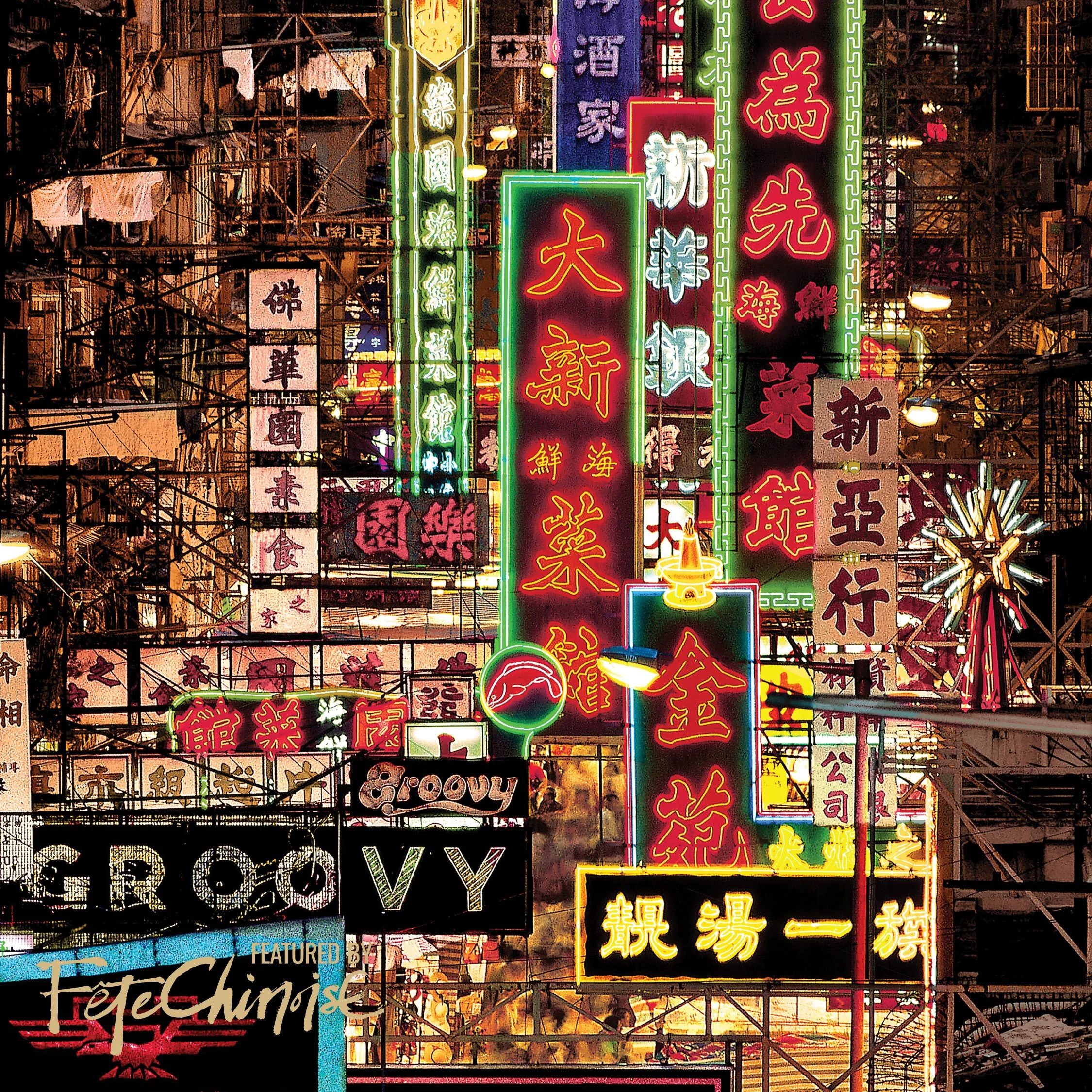
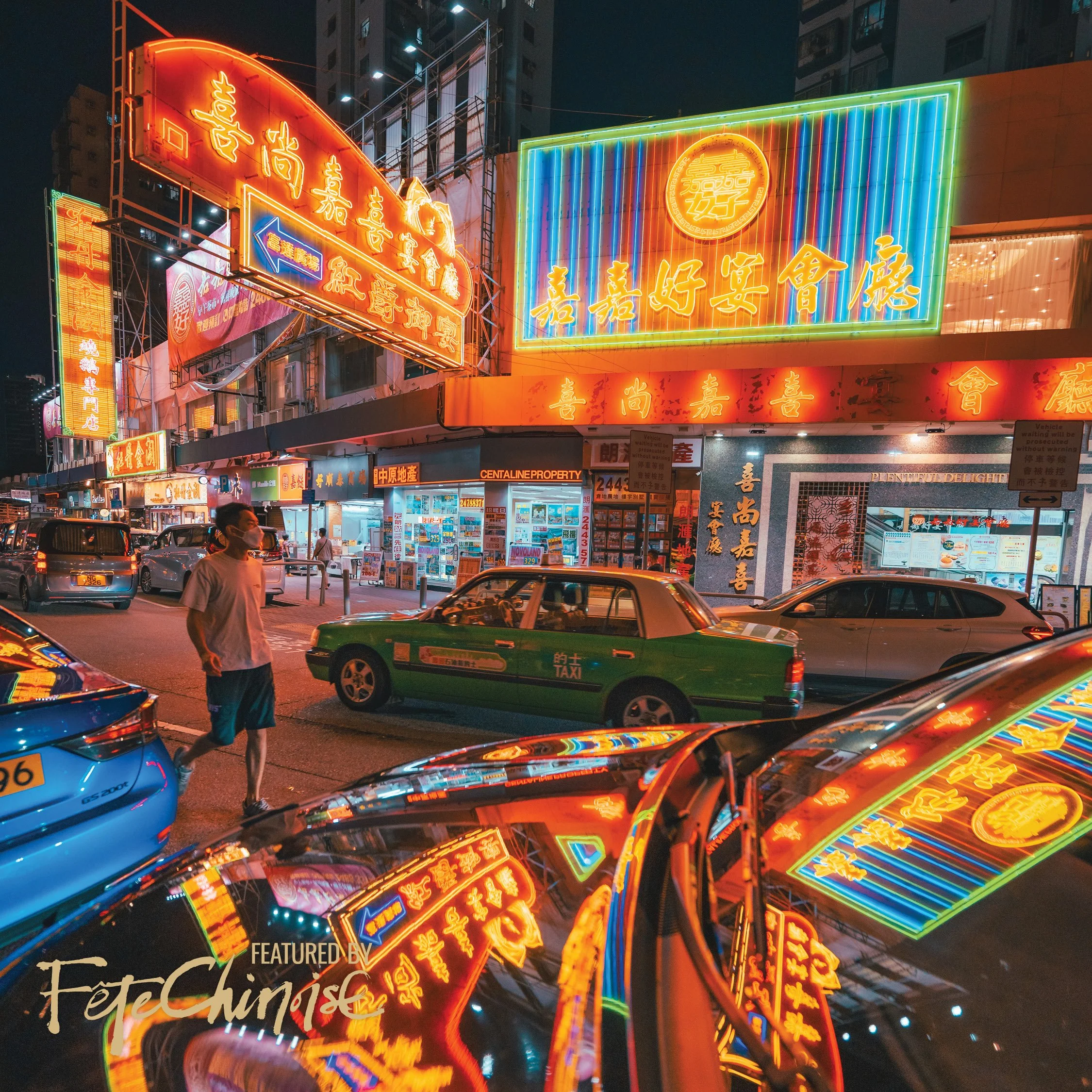
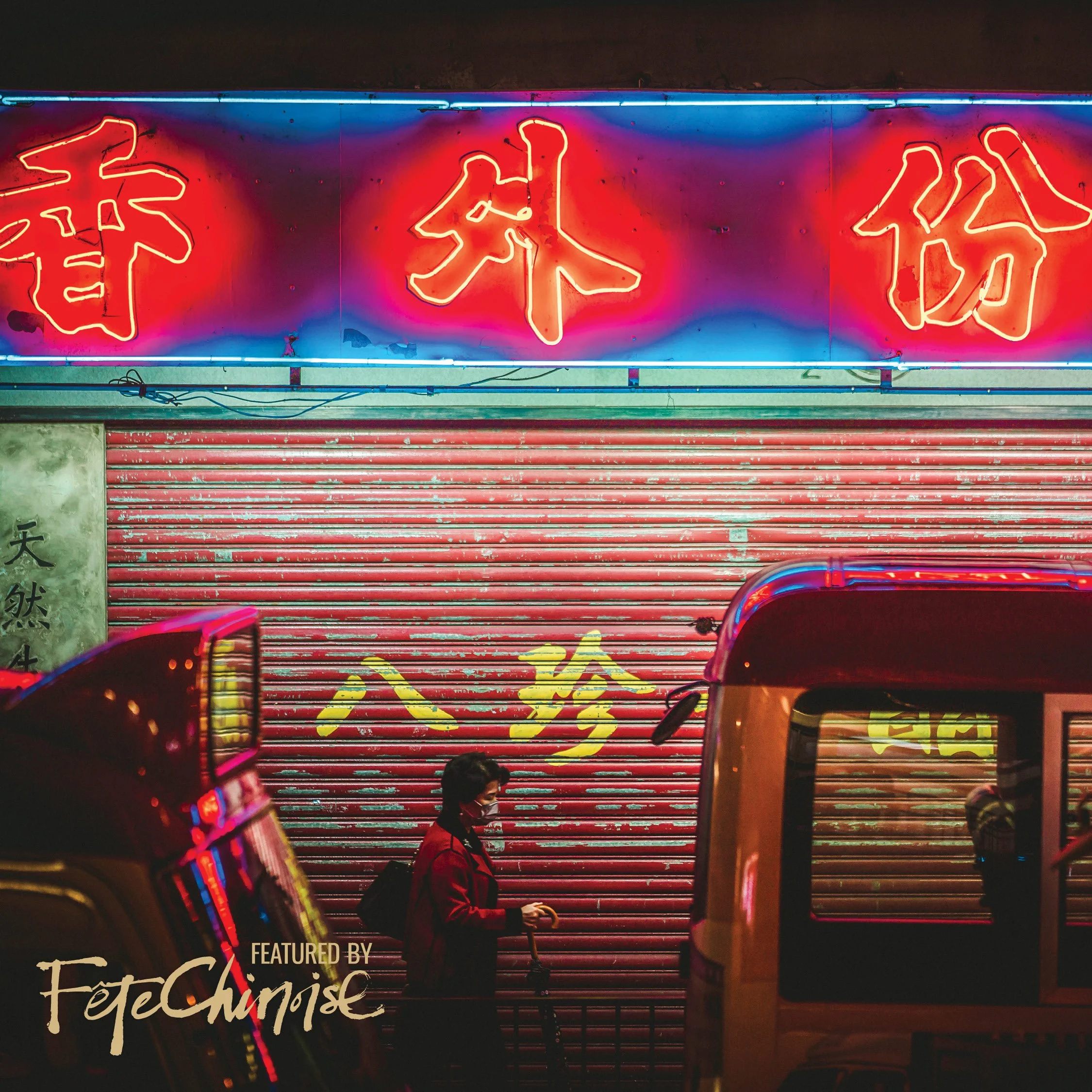
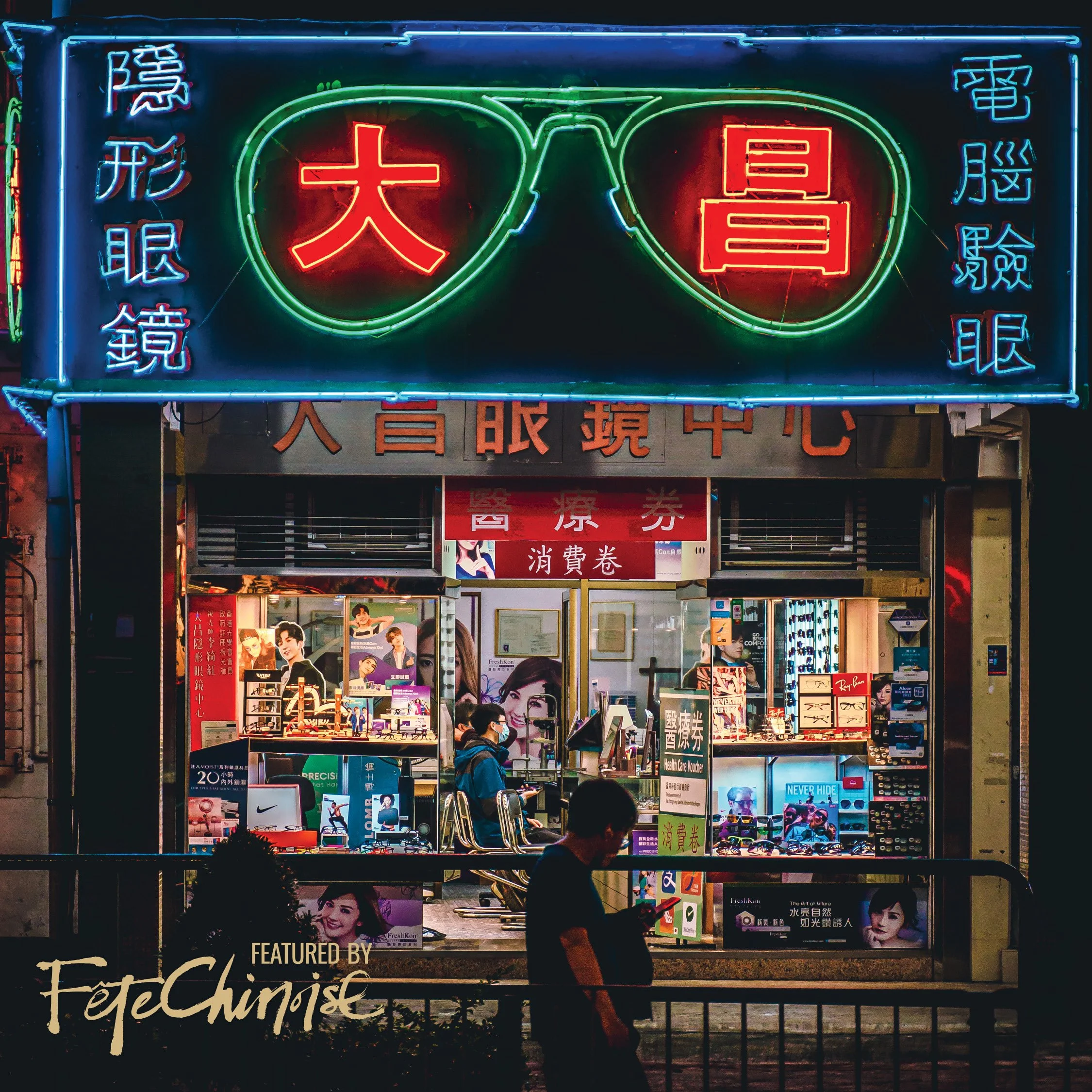

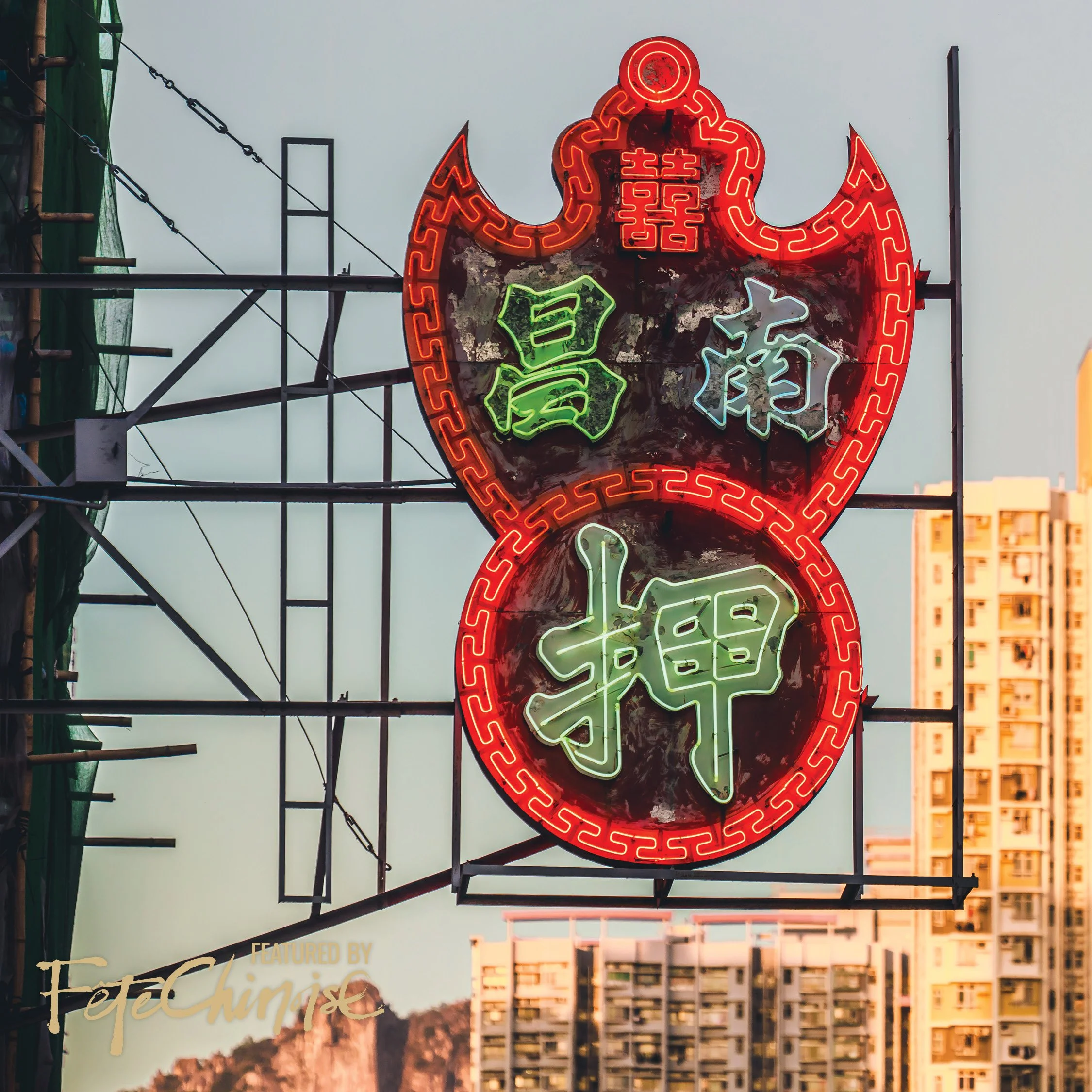
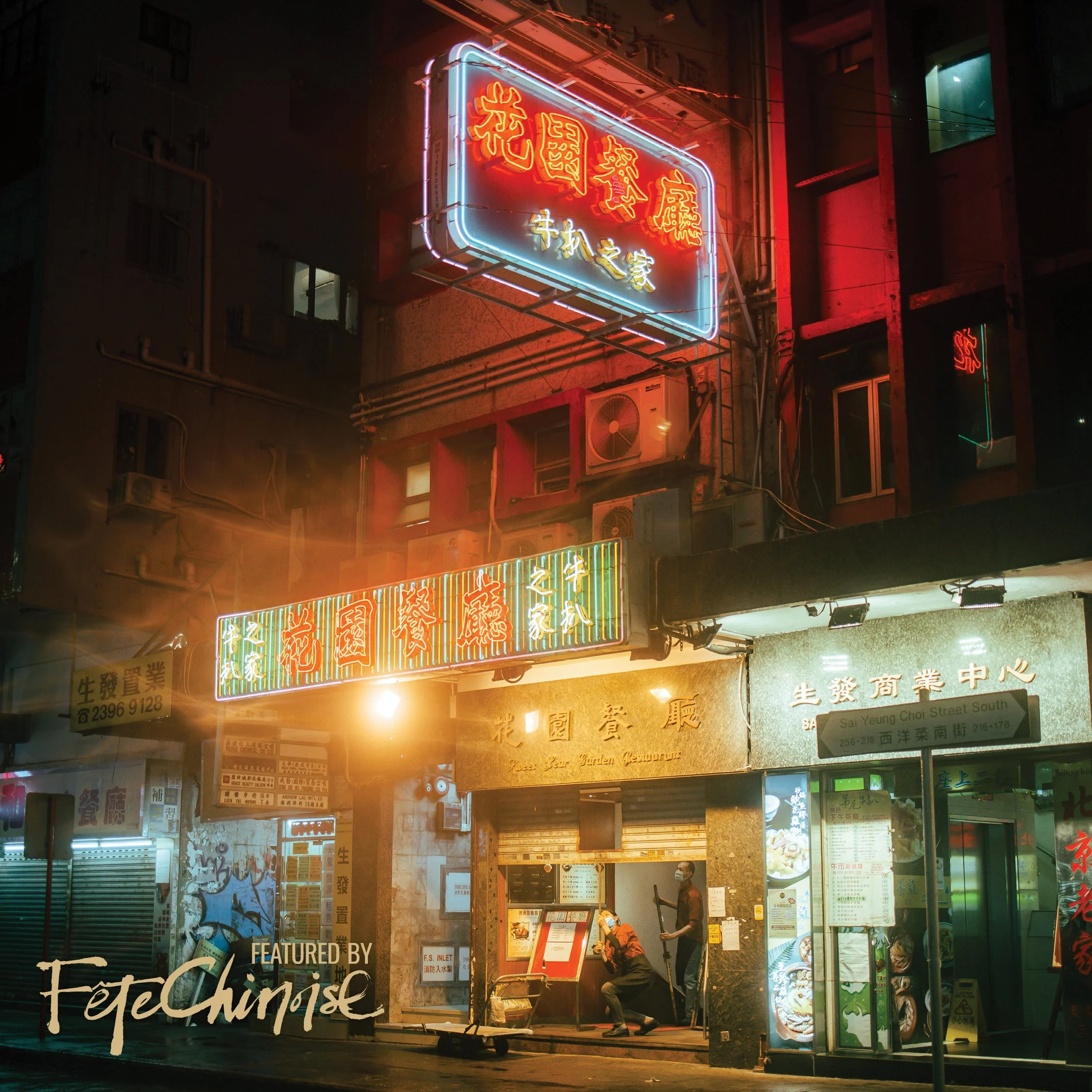
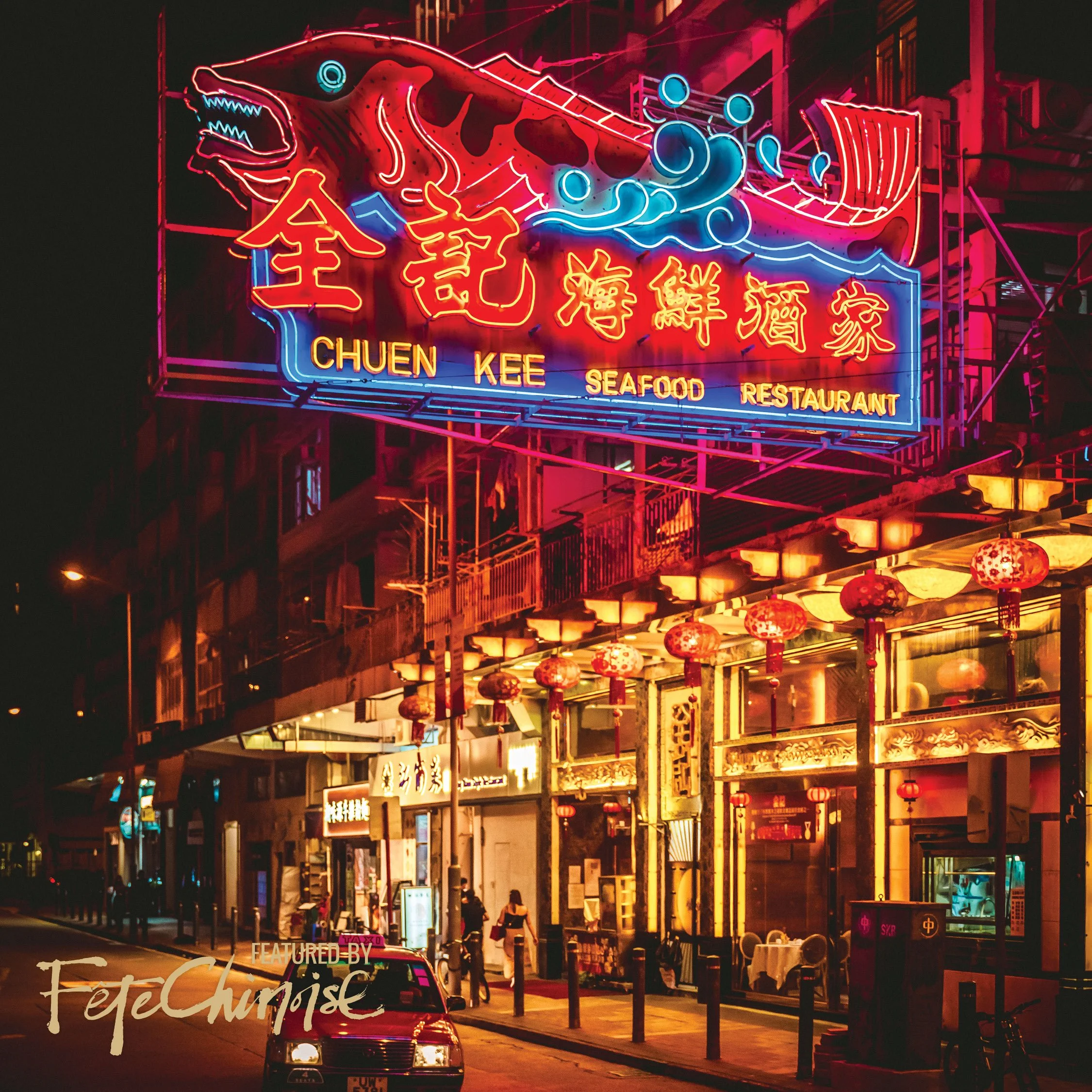
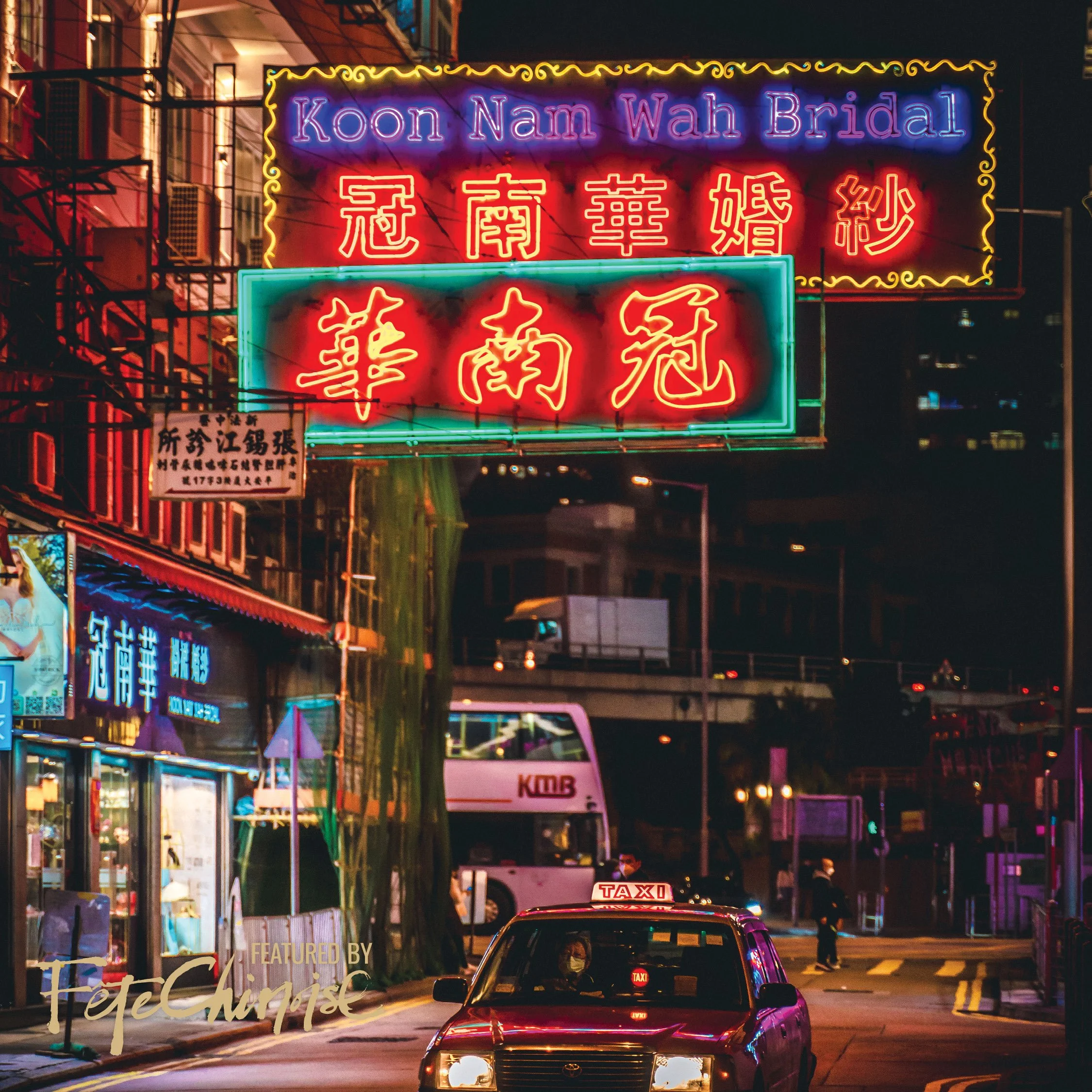
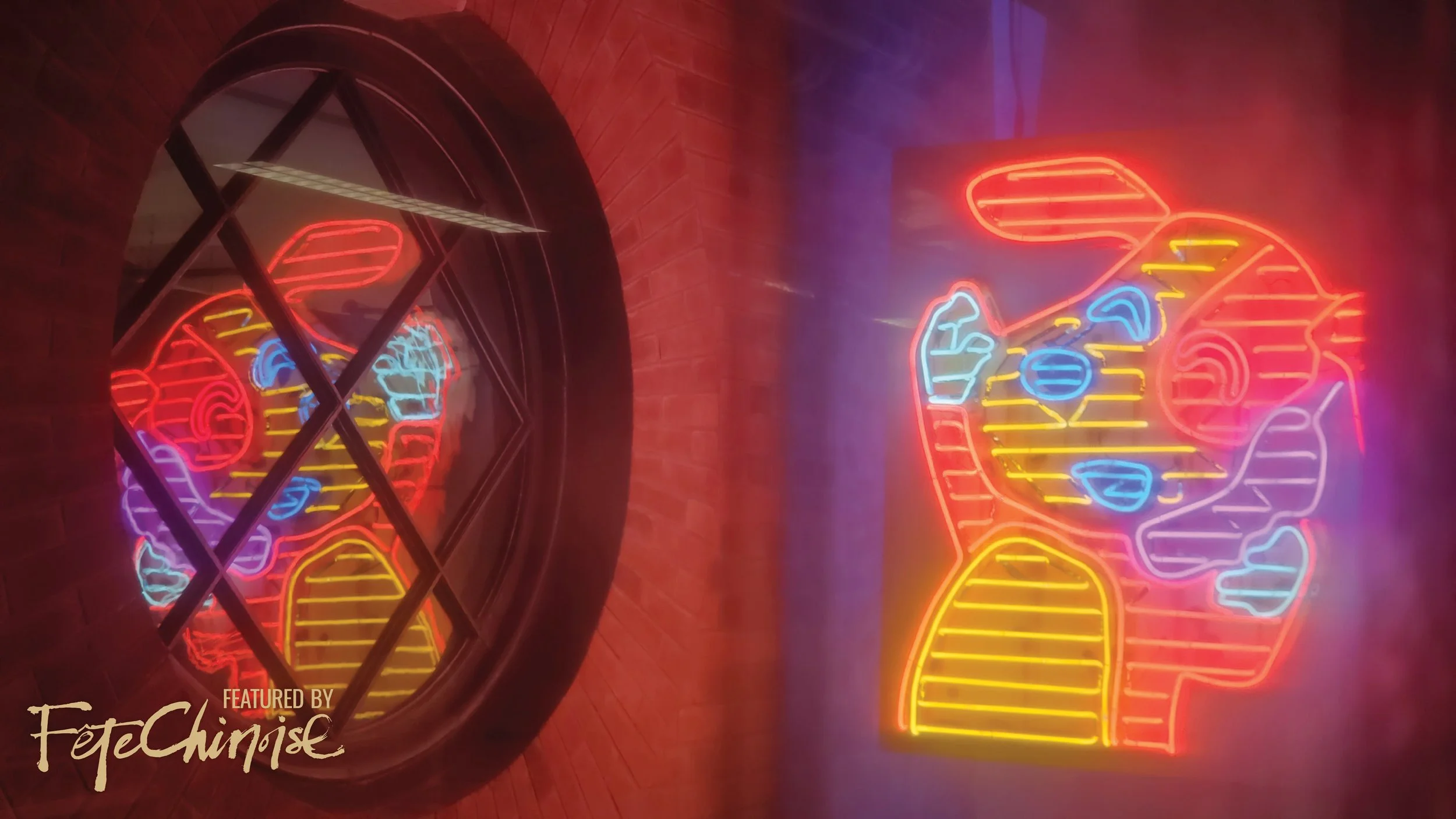
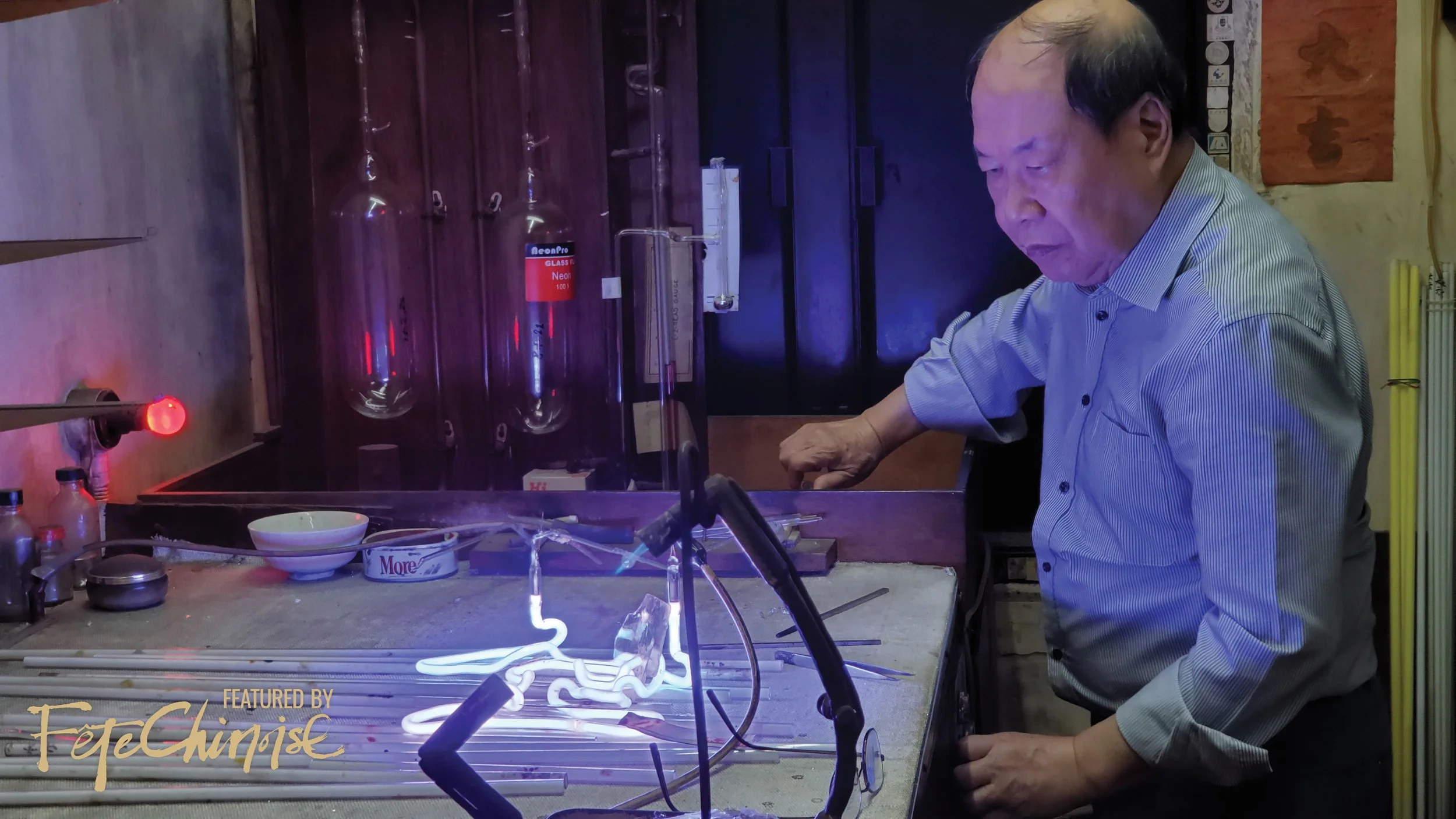

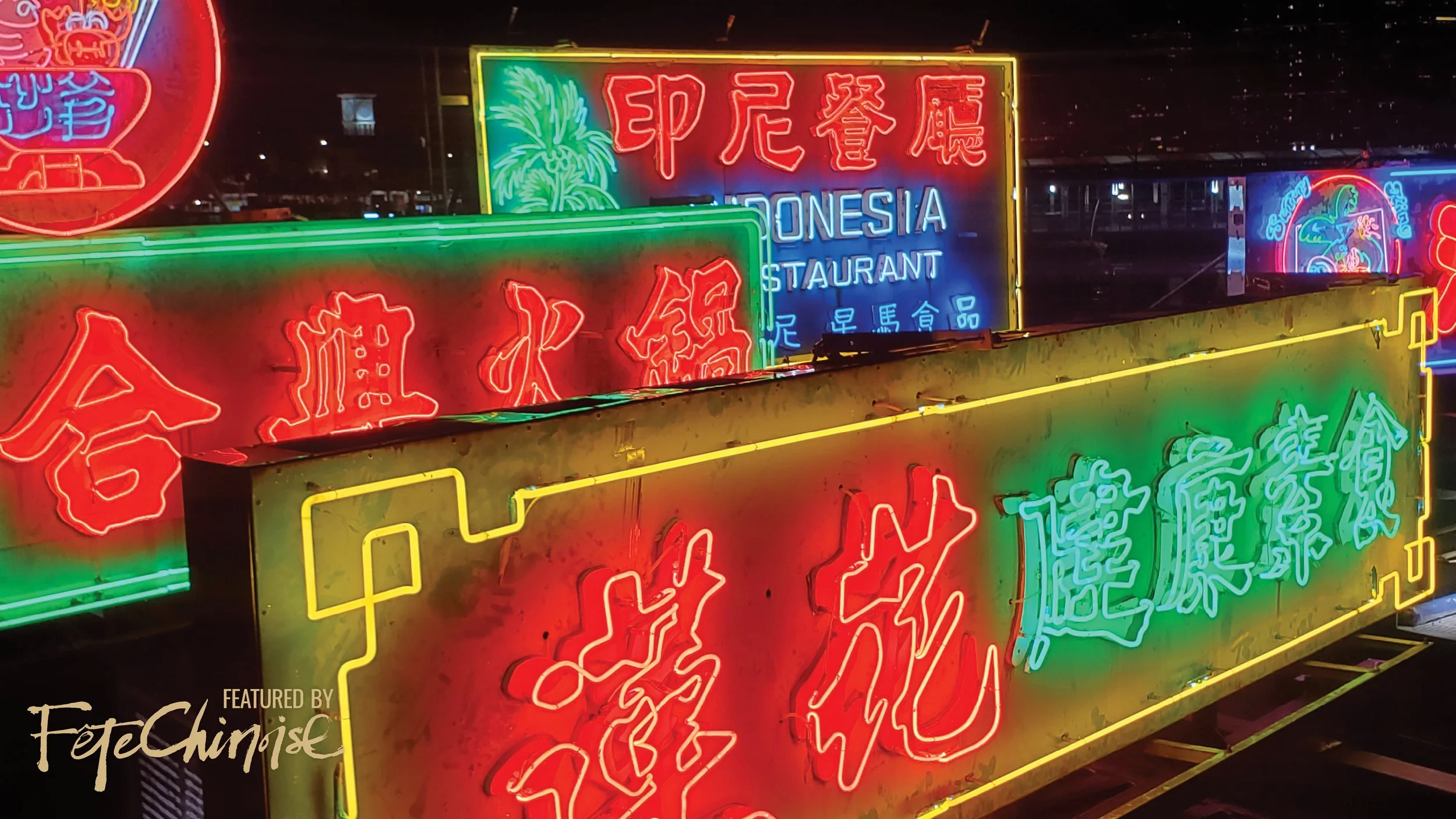




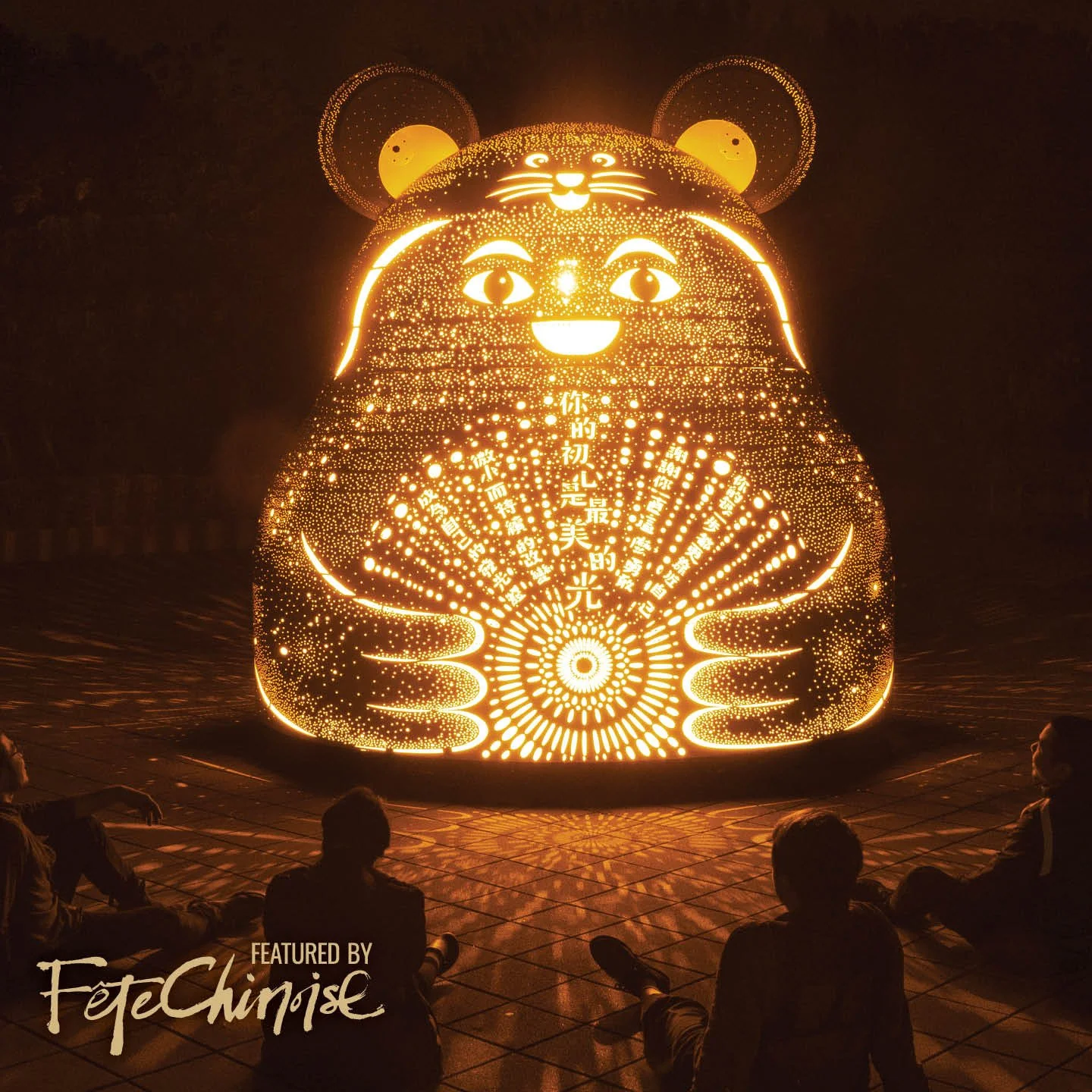
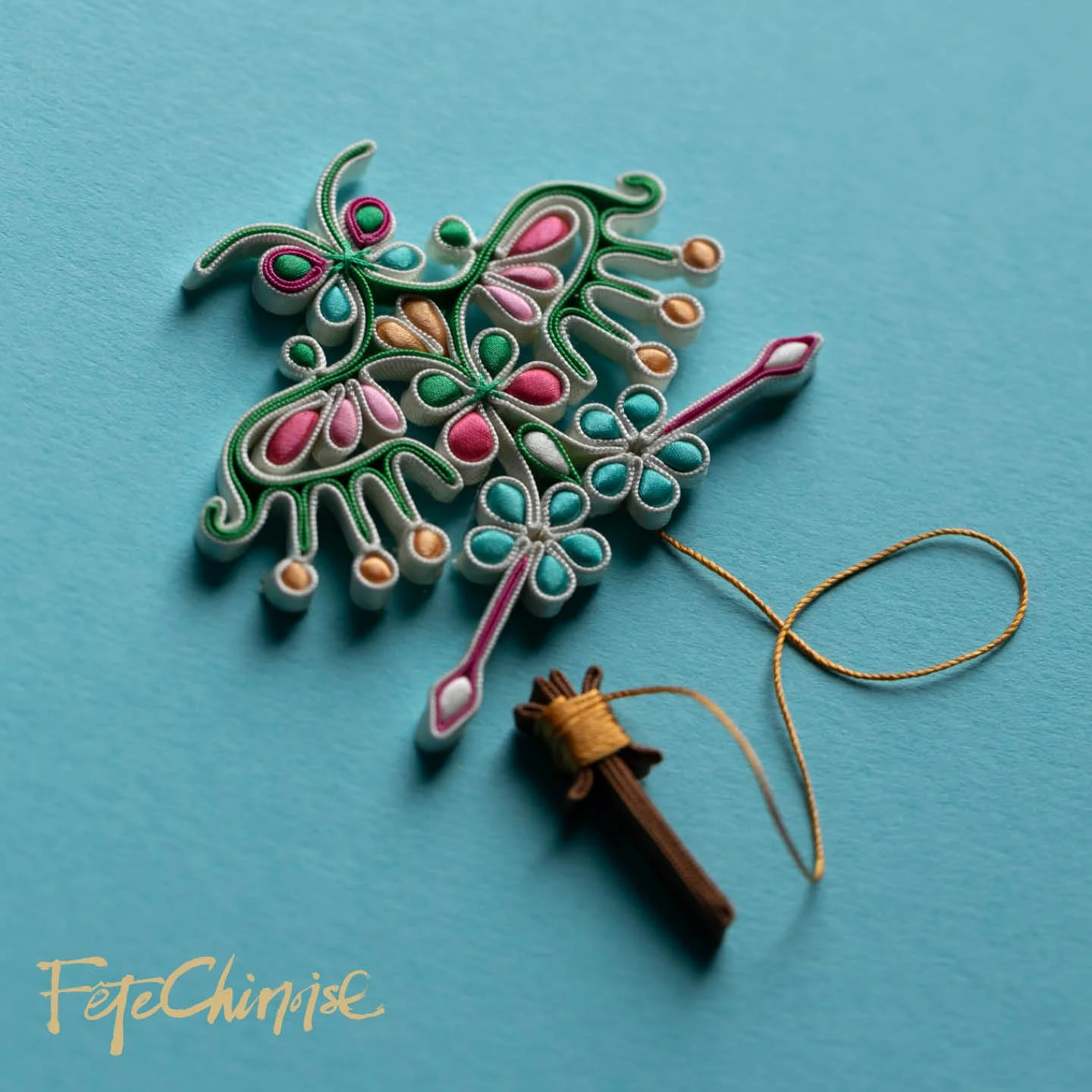

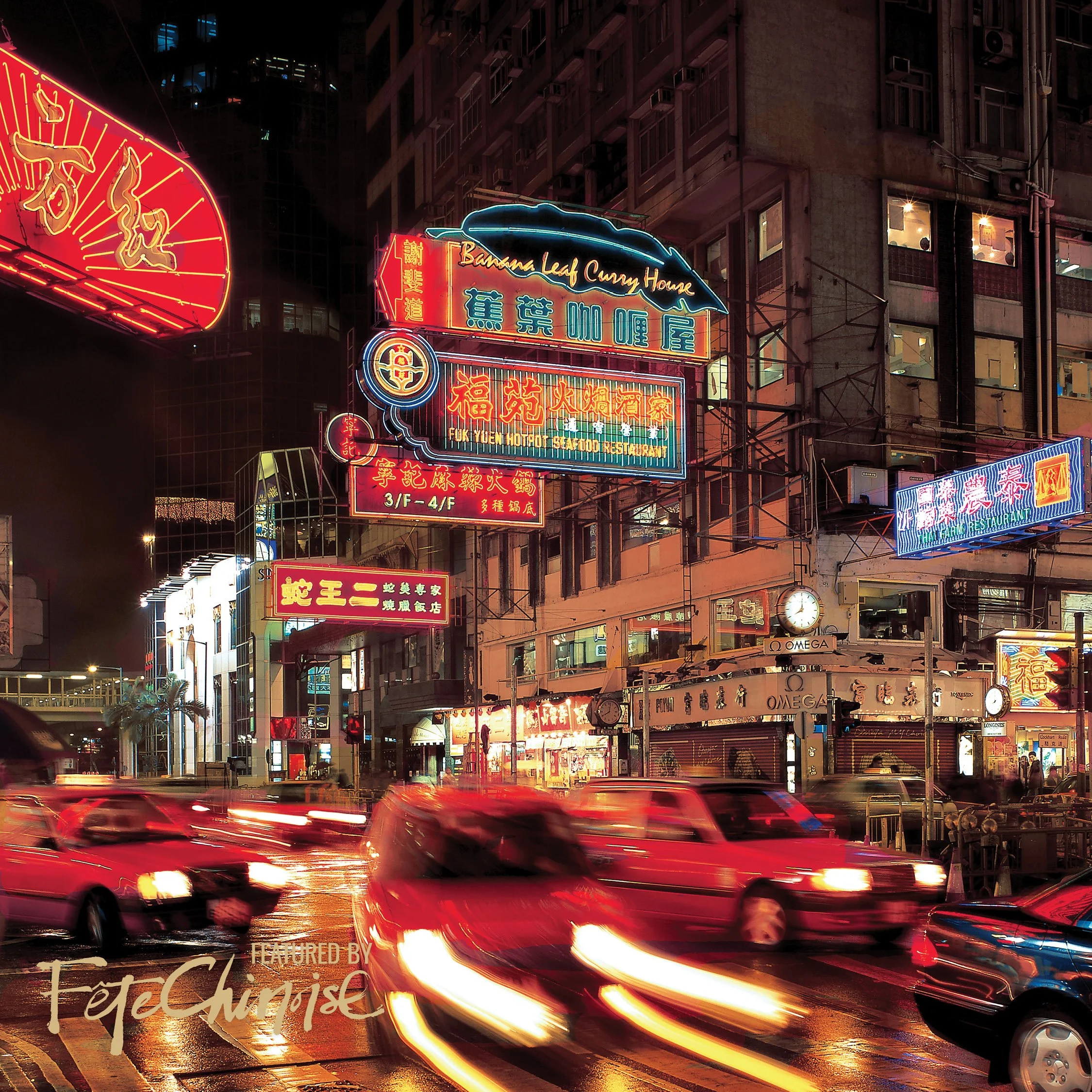

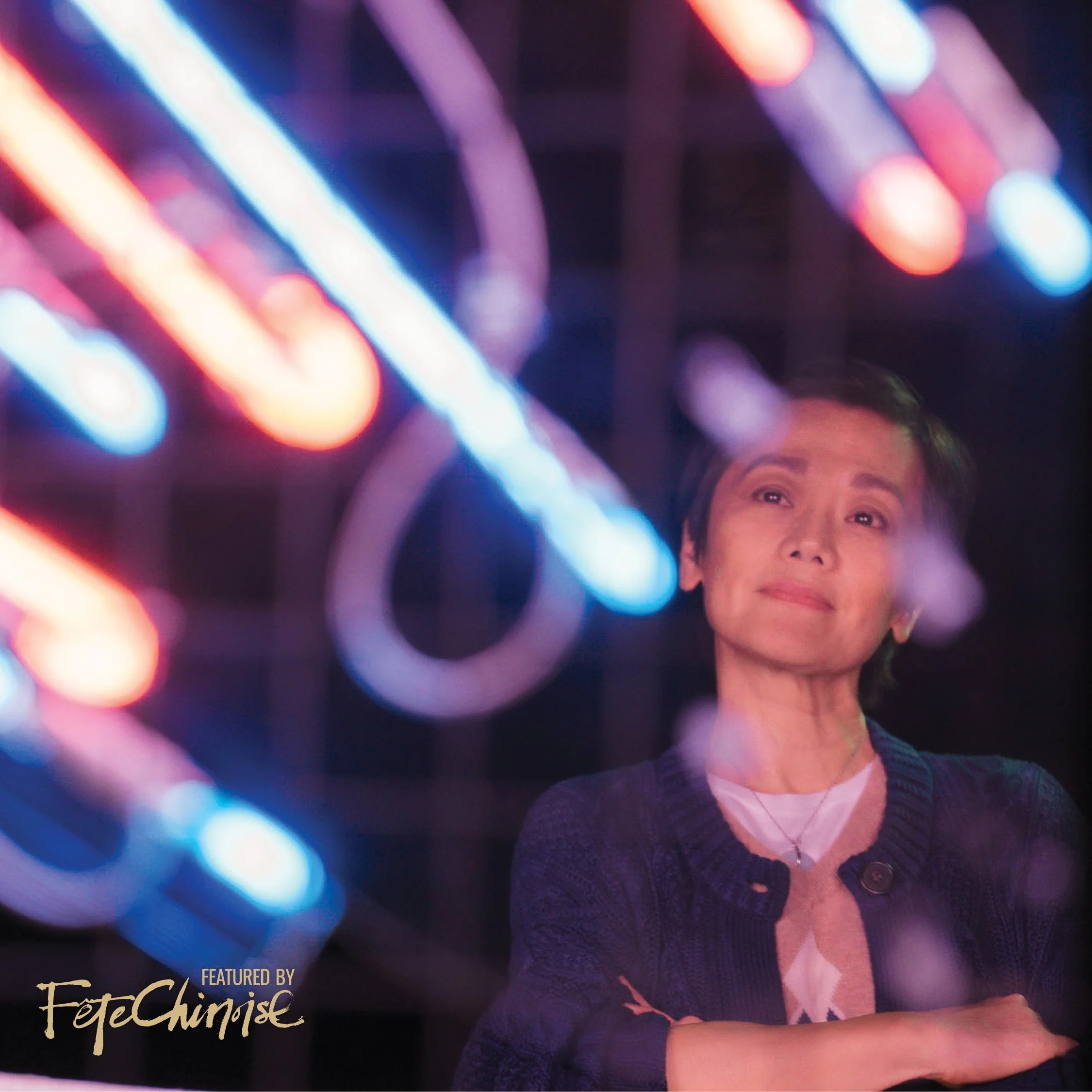
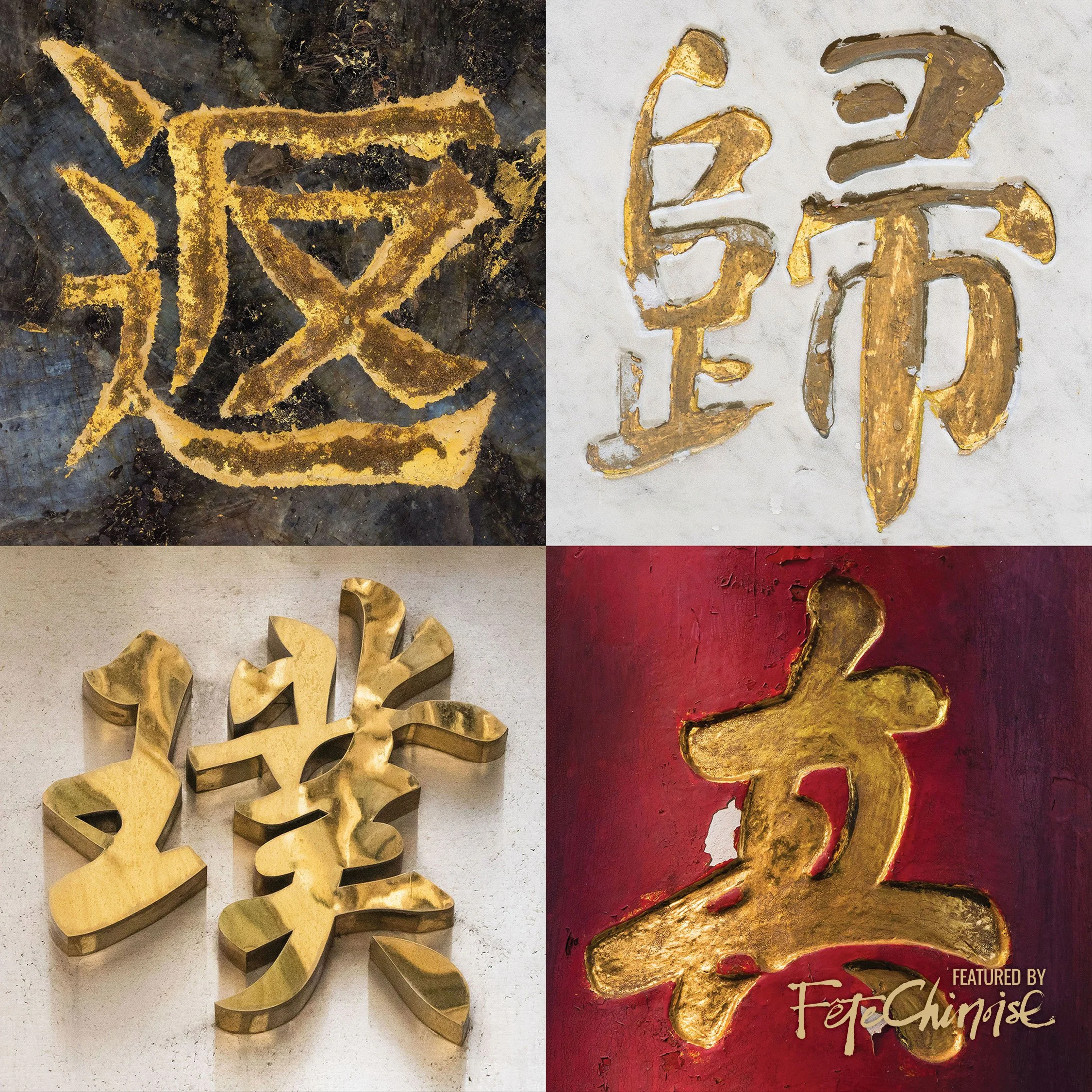
In Chinese culinary tradition, the Longevity Peach Bun (or Shoutao), holds a special place. Often found at birthday banquets for the elderly, this delightful treat is more than just a delicious dessert—it is a symbol of health, prosperity, and a long life. With its unique appearance and cultural significance, the symbolic bun continues to be a staple at celebrations as traditions are passed down generations of families in Asia and in diasporas around the world.